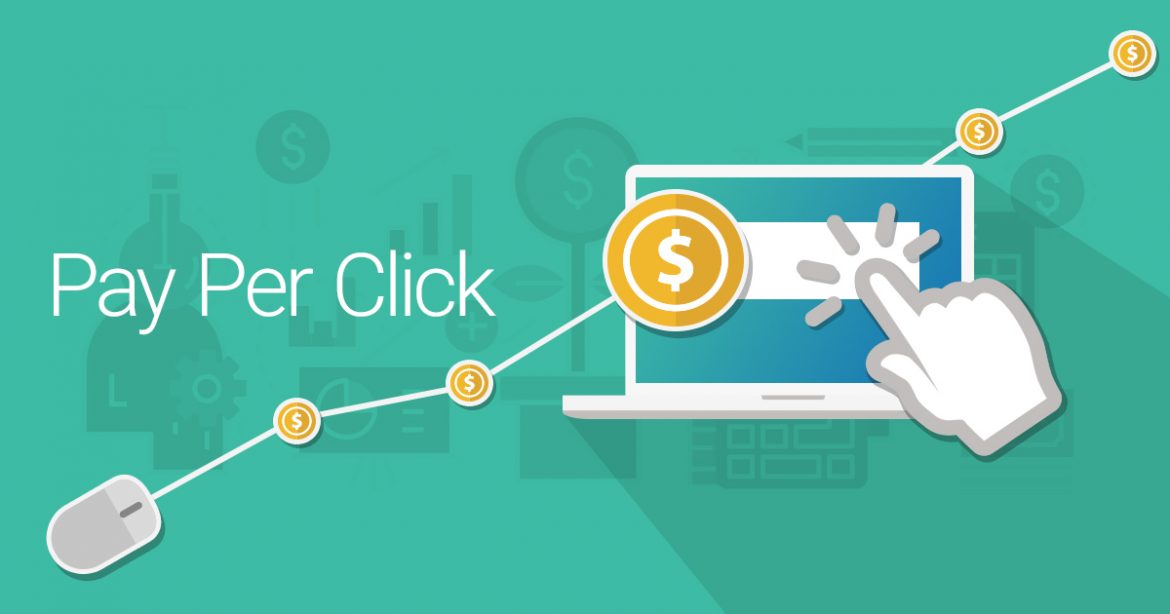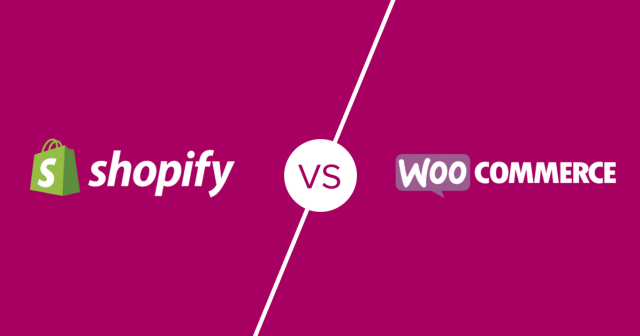You want to get your products in front of prospective customers while they browse online. Savvy advertisers turn to online advertising to do just that.
Two of the best ways to advertise online are pay-per-click advertising (PPC) and native advertising. Here’s a rundown on both types of online advertising so you can choose the method that’s right for you:
What Is Pay-Per-Click (PPC)?
When you do a Google search—or any other search, for that matter—for a topic, you’ll see advertisements alongside or atop the search results. Look for the little box that reads “Ad” on the top of the results next time you search. Those are pay-per-click ads. Notice that the ads are relevant to your search. If you’re searching for information on laptops, for instance, ads from Amazon.ca and Best Buy top the list. When you click on one of those ads, Google will charge the advertiser. That’s why advertisers call these ads “pay-per-click.”

What Is Native Advertising?
Native advertising is when a company pays to put their content on another company’s platform. Usually, the content is informative and useful to the advertiser’s target market.
For example, a pediatrician may pay a local magazine to publish an article she wrote on childhood immunizations. Since parents want to learn as much as they can about their children’s health, they’re likely to read the article. Though the doctor didn’t promote her services directly—as she would in a traditional ad—parents who read the article will be more likely to call her instead of a physician chosen randomly through an online search or through the phone book, since she provided them with helpful information in the article she paid the magazine to publish. That’s native advertising.
When Should I Use PPC over Native Advertising?
Use PPC advertising instead of native advertising when you’re targeting customers who are in the mood to buy your product or something similar. For instance, if you’re selling designer shoes and you want to target people who are looking for—and are ready to buy—a pair from you or someone else, PPC is a great way to go. Your ad will go to the top of the search results. And, you’ll be likely to realize some sales from eager shoe shoppers, particularly if your shoes are cheaper or of a higher quality than your competitors’.
PPC advertising also works well when you want to appeal to a specific demographic, such as relationship status (think: jewelry stores that sell engagement rings), interests and age (think: guitar studios who want to market online lessons to millennials), and so on.
Want some tips on how to get started? Check out our previous blog post that gives some PPC tips for beginners.
When Should I Use Native Advertising over PPC?
If you’re trying to market a service that requires you to educate your prospects before you sell them on your expertise, native advertising might be a better way to go. The doctor we mentioned earlier, for instance, might need to educate potential patients on her expertise on childhood diseases before they’ll choose her to treat their children instead of their general practitioner. A financial advisor may do well to write an article about how to save for retirement and pay to publish it in a local magazine to build the trust factor in potential clients.

Since most businesses need to educate their consumers at some point in their sales funnel, native advertising awareness is an essential ingredient in a marketer’s toolbox, no matter what the industry. With native advertising, though, you should identify your content as “sponsored” or “advertisement” so readers will won’t feel as if you’ve deceived them.
Native ads do, however, take a lot of work. If you’re short on time, don’t write a shoddy article just to get your name out there. Native advertising’s effectiveness depends on the authority of the writer. Stellar content is a must-have when you want to run a native ad.
Conclusion: Native or PPC Advertising?
For most businesses, it’s a good idea to keep up to date on both native and PPC advertising. With a solid command of both strategies, you can choose the method that best serves your purpose. Though our hypothetical designer shoe salon might most often choose PPC advertising, there may come a time when its marketing director wants to educate consumers about a new style trend. For that purpose, native advertising would be his best bet.
On the other hand, our hypothetical financial advisor might want to target male Baby Boomers in nearing retirement in her area. Pay-per-click advertising would probably be a better strategy to reach this narrow demographic.
It’s not a matter of one or the other. Both PPC and native advertising fill important roles in getting consumers to the table. Hone your marketing chops in both types of advertising and you’ll find you’ll achieve better results.



